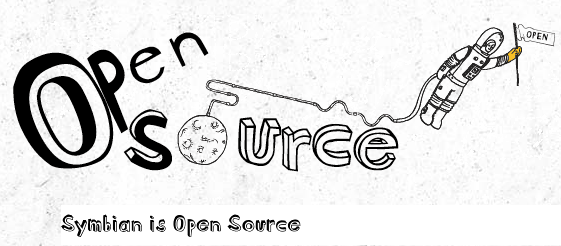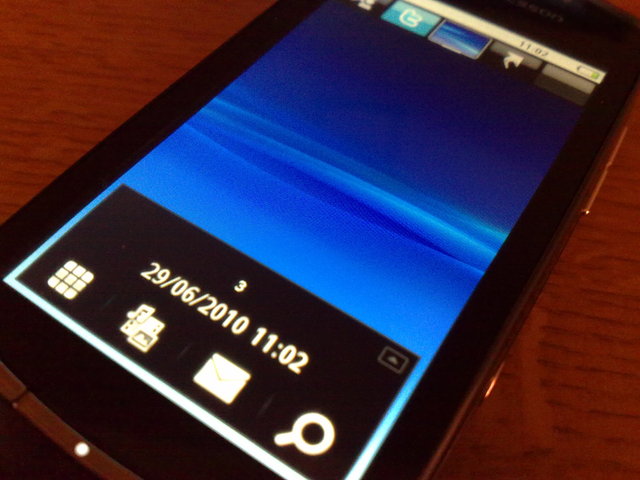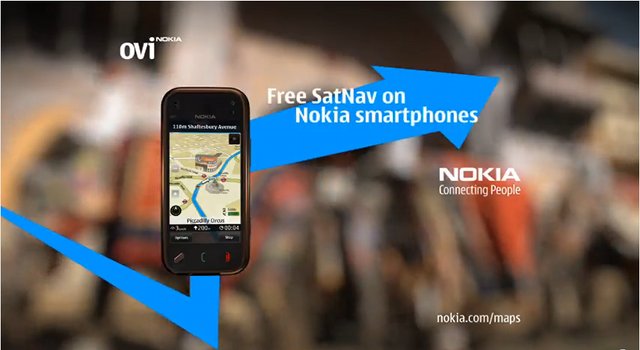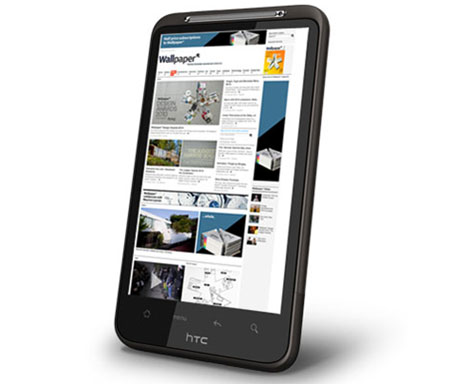Openness or Fragmentation?
In the first article, I talked about the potential pitfalls of the terms of the Eclipse Public Licence (EPL) under which Symbian was made open source. Symbian had the potential to become fragmented at the consumer level and thus dilute Symbian's mindshare in the mobile market. Put simply, the terms of the licence meant that any OEM could modify Symbian, without being obliged to share those changes with the Symbian Foundation. It is important to remember however, that a certification process would have been in place to ensure that any Symbian application would have run on any Symbian device. Therefore, fragmentation would not have been a problem at the developer level.
The fragmentation potential for Symbian would have been at the consumer level, in just the same way that we now see different manufacturers creating their own front-ends to Android devices. From a consumer point of view, we all know that any buying decision is always based on a series of compromises; e.g. whether to sacrifice one feature for another, or for a level of cost. Having a differentiation in user interfaces is yet another feature to be considered, and that's only if someone has been fortunate enough to be able to test out all possible alternatives.
The terms of the EPL meant that what happened in the Android world could just have easily happened to Symbian. Of course, this variation in the Android world hasn't stopped it now becoming the biggest selling smartphone platform in the United States. However, it is a telling comment when many reviewers talk about 'a vanilla Android user experience' as a selling point of a device!

Good service?
When I wrote about service layers, I had recently reviewed both a Sony Ericsson Vivaz Pro and a Samsung i8910 HD. These were the first non-Nokia Symbian phones I had thoroughly used, and the Ovi services were conspicuous by their absence. Regardless of what readers may think of the Ovi services as a whole, it is hard to deny the significance of the Ovi Store and Ovi Maps on the day-to-day usefulness of Symbian phones.

Sony Ericsson's take on the Symbian^1 home screen
One can argue for and against the virtues of hardware quality on each of the former Symbian device makers. Sony Ericsson may have used cheaper materials, but they crafted their Vivaz (for example) into a very comfortable shape. Samsung buillt the i8910 HD to a high standard and used a large capacitive screen. Meanwhile, Nokia has been a great all-rounder and has excelled in the camera department.
However, when it came to software and user experience, Samsung's service layer was non-existent. Sony Ericsson were trying with their PlayNow service, but this was appallingly implemented and lacked the marketing and content to build a compelling distribution method, as well as relying on third party mapping tools (both Wisepilot and Google Maps).

Free navigation with Ovi Maps is one of the most notable elements of Nokia's service layer
Thanks to the development of the Ovi Store and free SatNav on all new Nokia devices, the user experiences of non-Nokia Symbian devices were poor substitutes for life with the Ovi services. I should stress that the Ovi services are far from perfect, but it is hard to understate how signficant it is to have them, rather than living without them, on a Symbian device.
Therefore, with the added value of an app-store and comprehensive zero-cost SatNav, there has been practically no competition in the Symbian world to tempt people away from the Nokia brand. All the while, these manufacturers were supposed to be collaborating through the Symbian Foundation.
What has been lost and what has been gained?
In practical terms, when Sony Ericsson and Samsung announced they were to cease producing Symbian devices, the development of Symbian wasn't significantly hurt - The vast majority of development work was already being contributed by Nokia software engineers. The only real damage done to Symbian was in its public image rather than ability to continue operating. Of course, public image has to be accounted for, too. Mind you, something that a lot of the technology press should be blamed for is turning perception into reality. There has been a very closed minded approach to Symbian from the majority of reviewers. Rather than seeing Symbian devices for what they are, many reviews have made cursory criticisms of devices for not being more like an iPhone or Android device. When in actual fact, they have not been intended to be like those types of devices. All of which has contributed to an online echo chamber where the majority of journalists criticising Symbian have begun to look like the proverbial child refusing to eat sprouts at Christmas!

Some people don't have an objective view about Symbian phones!
Photo by Leonid Mamchenkov under Creative Commons 2.0 Attribution licence
Neither Sony Ericsson or Samsung were selling vast amounts of Symbian devices, so it was sensible for them to refocus their resources. However, given the glaring service layer gap, the so-far unasked question is - did these two companies simply let themselves down by not making greater investment in the service layer for their Symbian devices? I would conjecture that they did. Clearly, both companies can make good hardware, although a lack-luster user experience is unlikely to engender further sales the next time customers of either brand want to upgrade their phone.

The "little Internet tablet" is a popular type of device
It does seem that the Symbian world has been in a confused state for quite some time. To be fair, this is hardly surprising as it has been trying to adapt to an ever changing situation. As per Steve's editorial, it is fair to say that iPhone and Android phones are different types of devices to the Symbian converged device model. However, that type of 'little Internet tablet' is popular, and if Symbian is to continue being used in converged devices, it has to now step up and fold in this type of device function into its remit.
The good news is that there's every chance Nokia can do this. Plans for a more finger-friendly home screen and a whole new Web browser are being actioned and the updates are imminent. Symbian^3 has facilitated the introduction of powerful hardware into Symbian devices, most significantly graphics processers, and the plans for the Symbian^4 user interface will be steadily brought into the main Symbian codebase.
David Gilson for All About Symbian, 9th November 2010.
